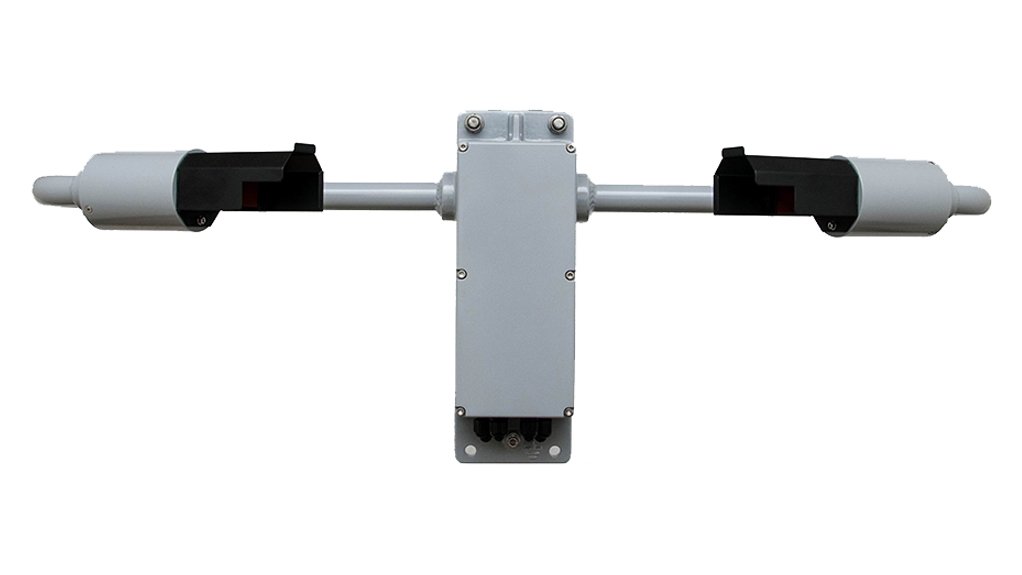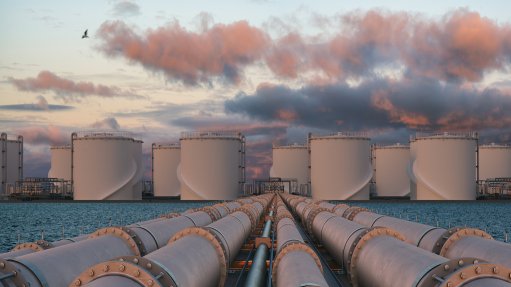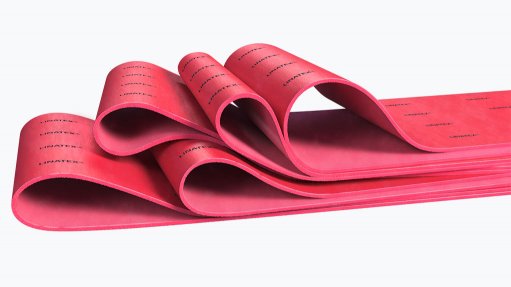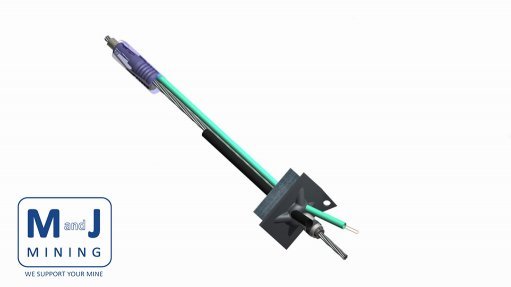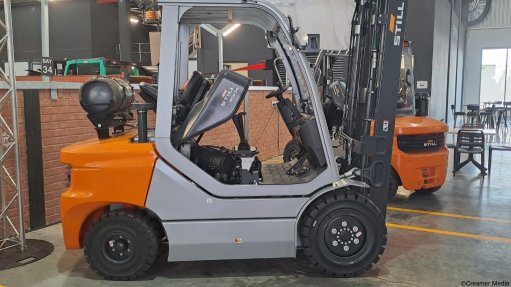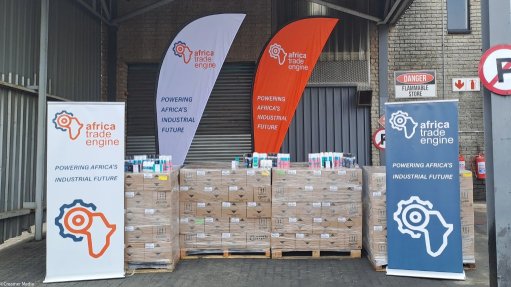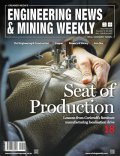Weather measurement technology helps reduce road accidents
Measurement technology can be used to provide accurate and reliable data for road management entities to help reduce vehicle accidents as a result of hazardous weather conditions, says Senseca South Africa MD Jan Grobler.
“Multiple, fatal car and truck accidents are increasing as a result of unexpected severe flooding, hailstorms and misty road conditions that continue to wreak havoc across South Africa as weather patterns continue to change, often at short notice. Transport departments, municipalities as well as private route and road management institutions currently have limited or irregular access to up-to-date, accurate and critical road weather measurement data and systems,” says Grobler.
The RWS-20 Road Weather Sensor from Biral of the UK, part of the Senseca Group, is specifically designed for use in road applications and can be used as a key component of any Road Weather Information System (RWIS).
“The RWS-20 operates on the forward scatter principle, and its unique design ensures the output is both accurate and reliable in all weather conditions and is not influenced by local light sources, headlights or even flashing signs and beacons,” explains Grobler. “The forward scatter principle [has] significant advantages over more traditional techniques such as the use of transmissometers or backscatter sensors”.
The visibility sensor is specifically designed for harsh road-side conditions, featuring a robust aluminium enclosure which is sealed against dirt and water ingress and designed to withstand 24/7 unattended operation. The measurement windows are protected by hoods to reduce the amount of dirt and external light reaching the optics.
The 10 m to 7.5 km measurement range is optimal for use in road applications where fog, mist, heavy rain, surface spray and snow can cause dangerous driving conditions as a result of reduced visibility. Heating of the optical windows prevents misting and optional sensor hood heating ensures reliable use in the harshest of conditions. Both optical windows are monitored for contamination, and the visibility output is automatically compensated to reduce maintenance requirements.
Features of the RWS-20 sensor include:
- Optional 4 Ma to 20 Ma and relay outputs
- Comprehensive self-test capabilities
- Window heating and contamination monitoring
- Compact forward scatter design
- 10 m to 7 500 m measurement range
- Optional hood heating for use in extreme winter environments
- Analogue voltage output (0 V to 10 V)
- Easy to use with American Standard Code for Information Interchange, or ASCII, text data messaging
- Serial data output (RS232, RS422 or RS485)
- Selectable measurement resolution of 1 m or 10 m
- Two-year warranty
“Optional relays provide a direct connection to road-side signage or to a data-logger or other control system, allowing the sensor to intelligently and independently operate local warning systems. This transmitting of vital data and information straight to emergency and road traffic warning systems, and auto-correct measurements for accuracy, can play a huge role in changing driver behaviour in order to avoid multiple vehicle pile-ups on our roads in hazardous weather conditions. This would be a giant step for road users in South Africa. Vehicle operators need accurate and reliable information as much in advance as possible - the RWS-20 delivers this” says Grobler.
Ports and harbours are also subject to heavy fog, mist and rainstorms and can also benefit from the use of the sensor system. Mines also require dust suppression sensors to help lower the level of dust on site.
Biral also supplies the SWS-100 sensor which is used by the UK’s MetOffice and in the aviation sector for general visibility monitoring and as part of instrumented Runway Visual Range, or RVR, systems.
Article Enquiry
Email Article
Save Article
Feedback
To advertise email advertising@creamermedia.co.za or click here
Comments
Press Office
Announcements
What's On
Subscribe to improve your user experience...
Option 1 (equivalent of R125 a month):
Receive a weekly copy of Creamer Media's Engineering News & Mining Weekly magazine
(print copy for those in South Africa and e-magazine for those outside of South Africa)
Receive daily email newsletters
Access to full search results
Access archive of magazine back copies
Access to Projects in Progress
Access to ONE Research Report of your choice in PDF format
Option 2 (equivalent of R375 a month):
All benefits from Option 1
PLUS
Access to Creamer Media's Research Channel Africa for ALL Research Reports, in PDF format, on various industrial and mining sectors
including Electricity; Water; Energy Transition; Hydrogen; Roads, Rail and Ports; Coal; Gold; Platinum; Battery Metals; etc.
Already a subscriber?
Forgotten your password?
Receive weekly copy of Creamer Media's Engineering News & Mining Weekly magazine (print copy for those in South Africa and e-magazine for those outside of South Africa)
➕
Recieve daily email newsletters
➕
Access to full search results
➕
Access archive of magazine back copies
➕
Access to Projects in Progress
➕
Access to ONE Research Report of your choice in PDF format
RESEARCH CHANNEL AFRICA
R4500 (equivalent of R375 a month)
SUBSCRIBEAll benefits from Option 1
➕
Access to Creamer Media's Research Channel Africa for ALL Research Reports on various industrial and mining sectors, in PDF format, including on:
Electricity
➕
Water
➕
Energy Transition
➕
Hydrogen
➕
Roads, Rail and Ports
➕
Coal
➕
Gold
➕
Platinum
➕
Battery Metals
➕
etc.
Receive all benefits from Option 1 or Option 2 delivered to numerous people at your company
➕
Multiple User names and Passwords for simultaneous log-ins
➕
Intranet integration access to all in your organisation



